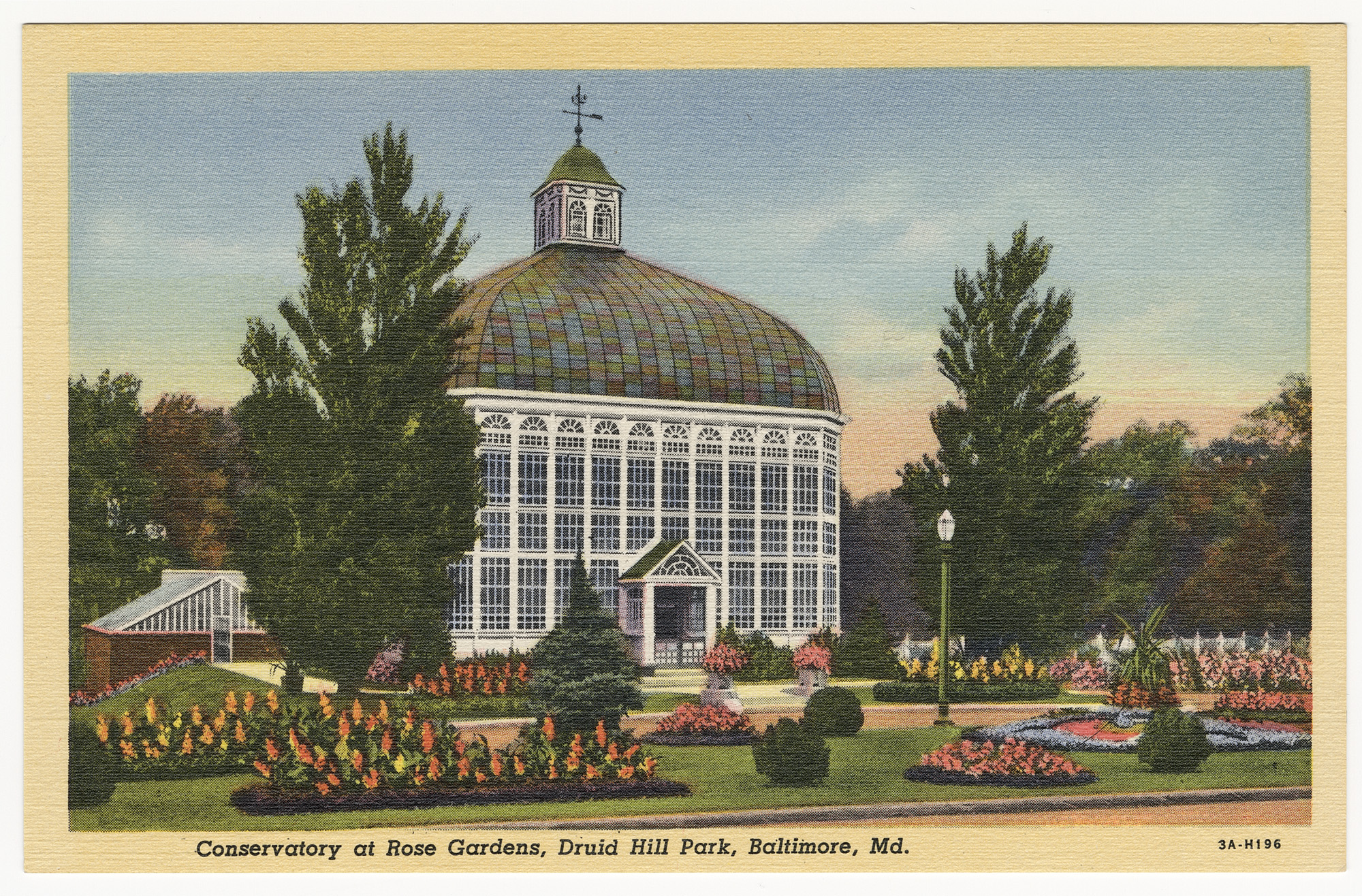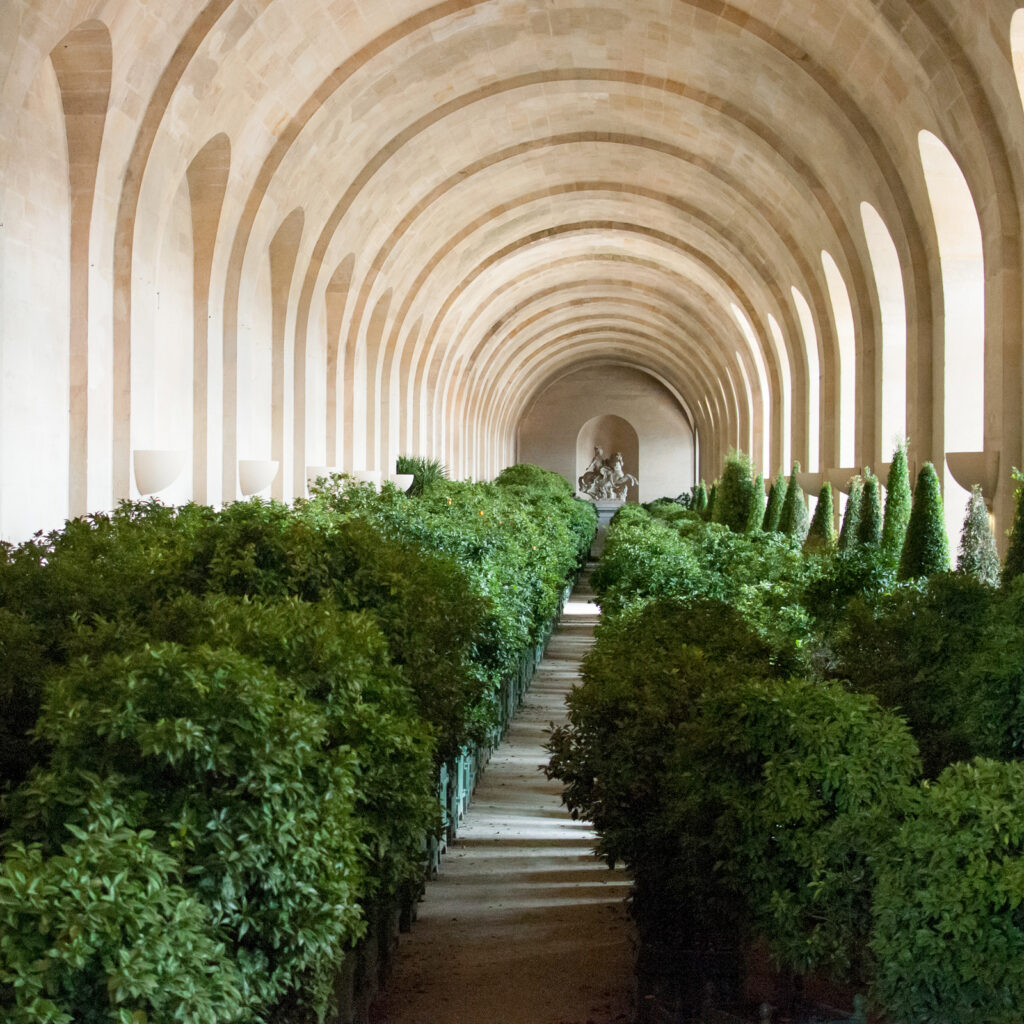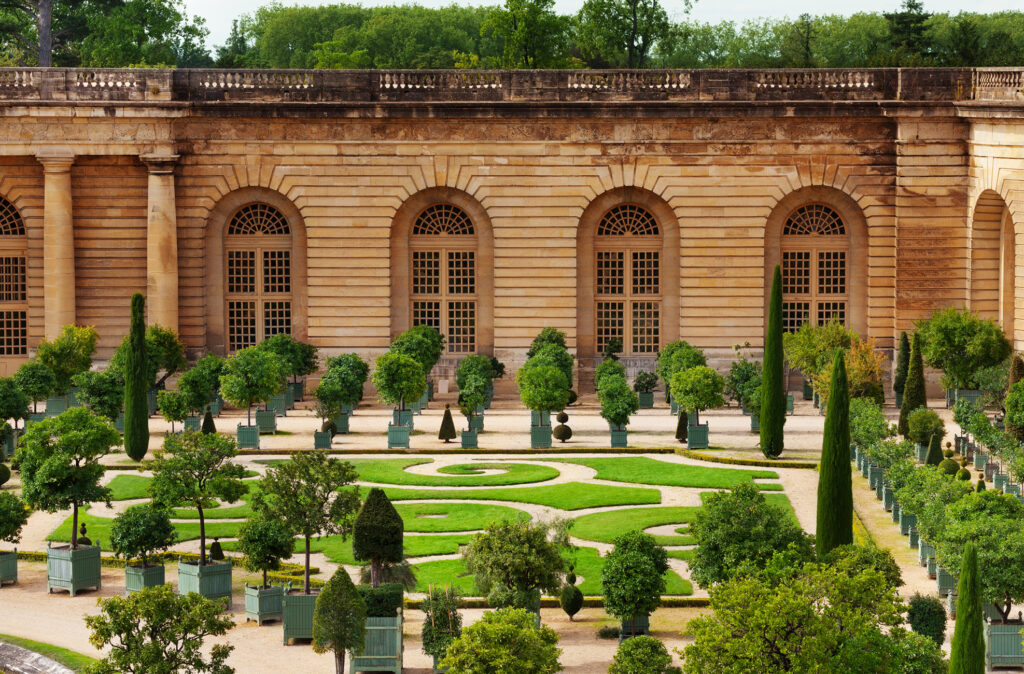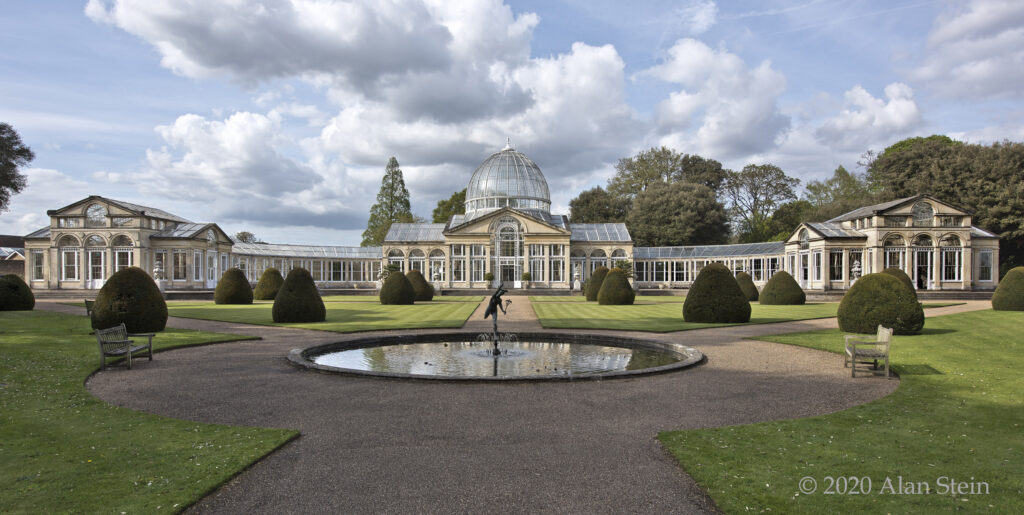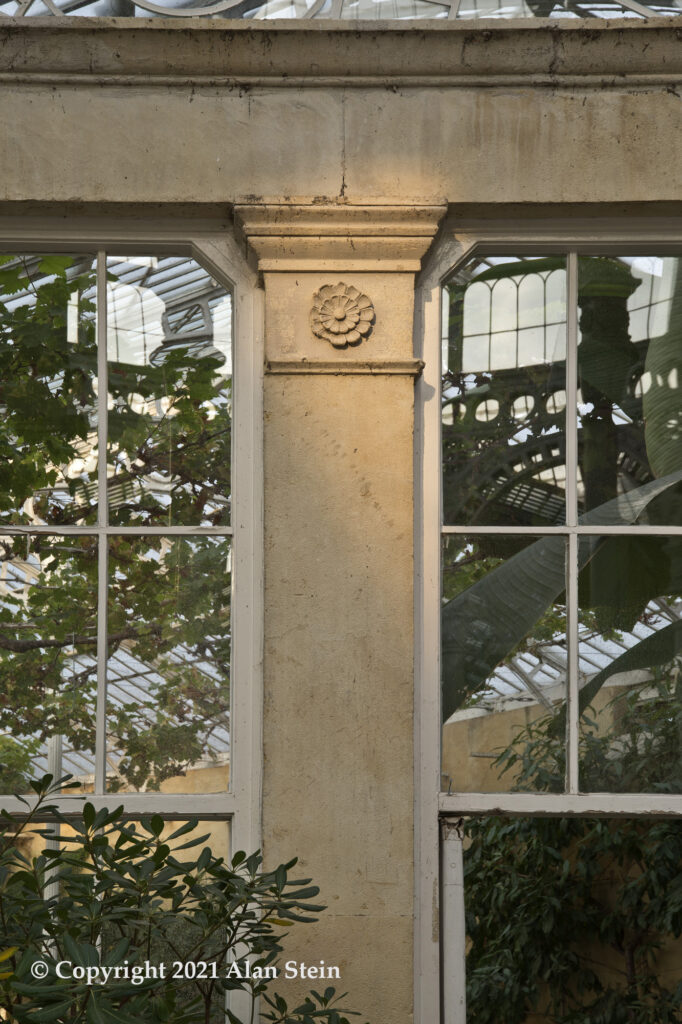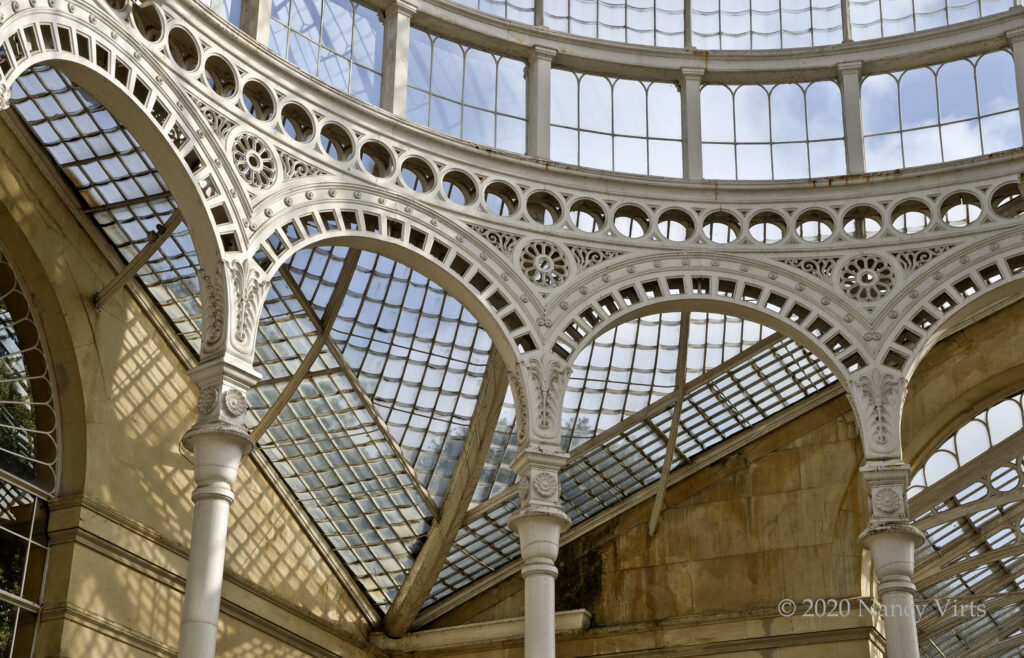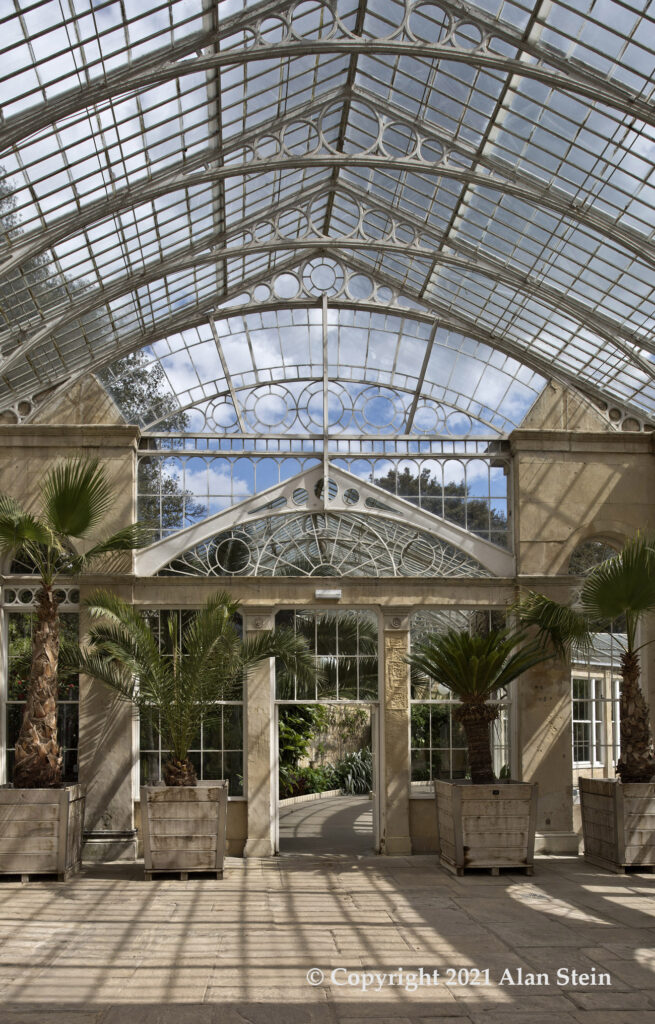Have you missed travelling abroad?
Our team just returned from Italy for the first time travelling abroad in almost two years and it had us reminiscing on our time studying the beautiful historic conservatories around the world. It is amazing to see how far conservatory architecture has come. From their exquisite details and materials to the connection they bring with the outdoors, they truly are a unique home addition. But they weren’t always that way!
The idea of a conservatory-like space has undergone numerous advancements since the 17th century, both in function and form, that have helped them transform into the dreamy spaces they are today. Their advancements in materials, technology, and architecture are inspired – paving the way for even more unique design possibilities as we evolve!
An Extraordinary Evolution of Conservatories
When the idea for a “covered, well lit” space was first conceived in the 17th century, the overall goal of the structure was for royalty to have a place to sun their orange plants during the day and safely store them in the winter months. Oranges were a delicacy at this time because of their healing vitamin C properties. Since this space was designed for orange plants, these rooms became known as Orangeries. The Orangery is the first evolution of conservatory design before the introduction of glass. Perhaps the grandest of the early orangeries was designed for Louis XIV at Versailles in the 17th century.
Opulent and bold, the Orangery at Versailles, was designed by André Le Notre with no glass, arched doorways, arched windows, expansive grounds, and plenty of room to move the plants about – the space is entirely open air. The exterior walls are ornately decorated to reflect its grandeur.
As the neoclassical style rose to popularity in Europe, so did the orangeries. The Bowood Conservatory was one of the first examples of neoclassicism and is a far cry from the open air, park-like layout of the Orangery at Versailles. The orangery was built using stone with holes left open for windows, rather than creating the glass first as it is done today.
Years later, with advancements in new building materials, Castle Ashby was designed and built with soaring glazed ceilings and large window openings set between narrow columns of stone. Alton Towers was one of the first orangeries to include cast iron and glass, funnelling the light into the space even more beautifully than before. These spaces transitioned from housing just fruit trees to containing all types of plants thanks to the addition of glass panes.



From Orangeries to Conservatories: A Pivotal Transition in Conservatory Architecture
With greater availability of glass and other building materials came more room for experimentation. Syon Park was constructed in the early 1800s and built of gunmetal, bath stone, and a 38-foot diameter glass dome.
The large structure was more transparent than we previously saw in orangeries, thanks to the ability to have glass produced in larger sheets. Glass could finally encompass the whole ceiling and bring in more natural light than ever. Notice in its structure the balance of orangery style merging with a more transparent, conservatory look. It is almost like they started to design it as a traditional orangery and then changed directions!
The Belfast Conservatory was another revolutionary glass structure that featured a huge amount of seemingly curved glass panes wrapped around the curvy cast-iron structure. This curvilinear structure was also historically experimented with at Kew Gardens. It was innovative for its use of wrought iron and an impressive 66 foot-tall dome that can house a palm tree. Another notable change is their availability to the public! From residing in the private homes of the wealthy, as botanic gardens began adopting these conservatory structures it allowed entire populations to benefit from their grand displays. People wanted to be close to nature and these botanic gardens gave people the opportunity to get away from city life and stroll amongst the gardens.
The structures continued to advance as the technology allowed. The Galleria Vittorio Emanuele II Conservatory, built in 1877, has large arched glass windows over the hallway which transitions into a grand glass panelled double dome ceiling. With a 57-foot-tall octagonal dome and two vaulted arcades, the conservatory has an Italian flair. The supports each have intricate designs spanning the length as well. As railroad systems became more abundant, the easier parts could be imported to complete complex projects like this.



As time progressed and people’s desires to be closer to the natural world grew stronger, conservatories changed from garden spaces for the nobility and the very wealthy, to a place of relaxation reserved for private estates around the world. The White House even added a wood-framed conservatory to its property in 1857 at the suggestion of former President James Buchanan’s niece. Inside, fresh flowers and fruit were grown and used for the house.
As it got easier to build conservatories, private estates began to experiment more with the luxury structure. Ever the trendsetter, Mark Twain had a conservatory built for his Connecticut home in 1874. It had a fountain inside and housed his tropical plants. Similarly private yet grand, the Biltmore Conservatory was built for the wealthy Vanderbilt family in 1895. It was a luxury to have your own private conservatory!
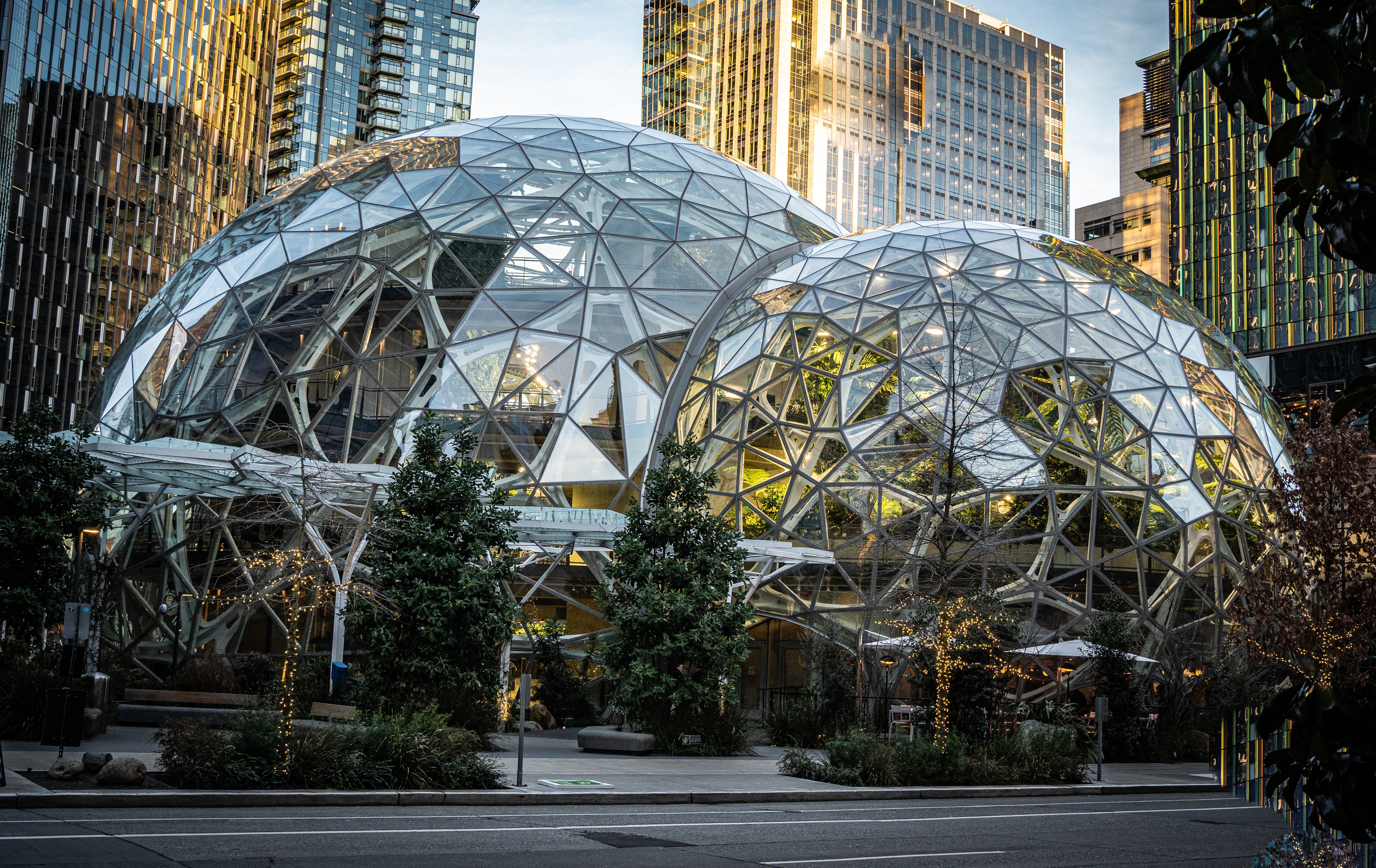
Advancing into the 21st century, modern styles have begun to shine through as new technologies allow for more advancements in how structure pieces are made. Glass spheres make up the corporate headquarters for Amazon in Seattle, Washington. A complex design of geometric and irregular glass shapes creates a modern, futuristic design. The spherical design is intended to help employees connect with nature better. With new technologies, energy-efficient systems are keeping the conservatory more temperate than ever.
The world of conservatories is always progressing. From starting as open-air orangeries, run by servants, to glass spherical, environmentally-friendly conservatory office spaces, there are endless possibilities to integrate conservatories into our lifestyle. Learn more about historical conservatories around the world by visiting our Conservatory Heritage Society library or purchasing our book, “The Conservatory: Gardens Under Glass.”!

